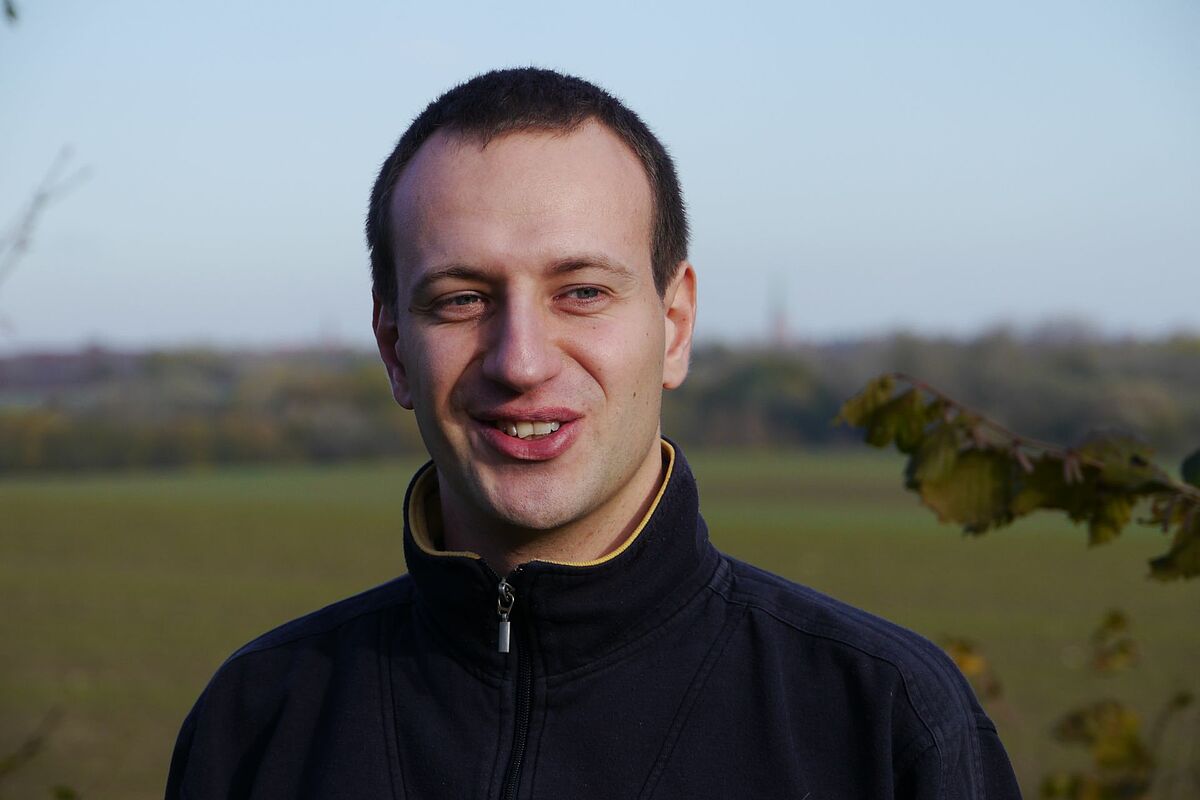MSc Sebastian Hanisch
Sebstian Hanisch
University of Rostock
Faculty of Mathematics and Natural Sciences
Institute of Mathematics
Phone: +49-381-498-66 33
www: www.mathematik.uni-rostock.de
Email: sebastian.hanisch(at)uni-rostock.de
Topic
Mathematical models for the reconstruction of cellular networks on multielectrode arrays
Description
The goal of the project is the approximate reconstruction of an in-vitro neural network growing on a multielectrode array with mathematical methods. The reconstruction is based on the data recorded by the electrodes on the multielectrode array, which are sequences of points in time on which the neurons fired shifted by a constant time, which depends on the distance between the neurons' cell body and the electrodes. A first step is to find out which electrodes record the signals of a specific neuron. Often the firing times of a neuron are recorded by more than one electrode, which makes it reasonable to compare the sequences of different electrodes, searching for the neurons' characteristic firing patterns.
With that spike sorting becomes possible too. The developed algorithm should be tested under realistic conditions but with a known ground truth, so that the performance can still be measured. Therefore a mathematical model for spike-waveforms is developed to simulate the recordings at the electrodes. In addition to the spike-timings, properties of the waveforms can be used to enhance the performance of the algorithm. Errors due to overlapping and random noise must also be taken into account, to get a practically applicable algorithm.
Approach
- Mathematical Modeling of the problem
- Mathematical analysis of different assumptions about the data and their consequences
- Development of suitable algorithms for the firing pattern recognition and the neuron-electrode assignment
- Mathematical analysis of the algorithms Running tests on simulated neural networks
- Comparing different algorithmic ideas based on the given sequences
- Comparing the results of these ideas with other assignment approaches
- Consideration of measurement errors
- Simulation of realistic measurements with a ground truth to evaluate the performance of the algorithm on more realistic data
- Adjusting the algorithm so that it can better cope with imperfect data
- Use of additional information based on waveforms to enhance performance of the algorithm
Results
So far the following results have been achieved:
1. An algorithm has been developped for firing-pattern recognition and spike sorting on error-free data.
Publications
Peer-reviewed Journal Papers:
ENGEL, K. and HANISCH, S., 2014. Reconstruction of cell-electrode-adjacencies on multielectrode arrays. Journal of Computational Neuroscience, 37 (3), pp. 583-591. DOI: 10.1007/s10827-014-0524-6.

